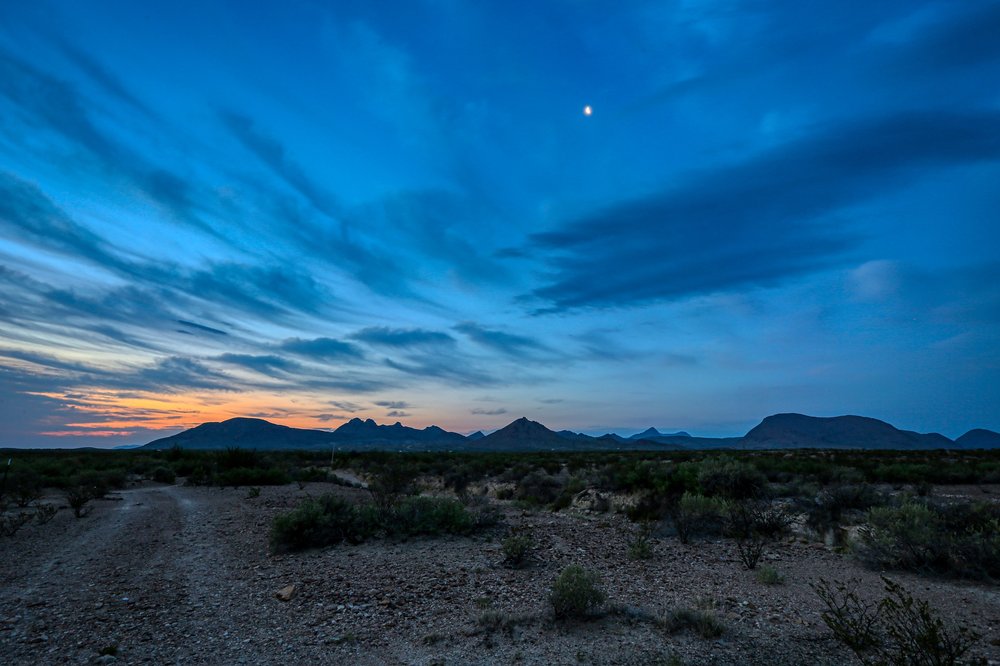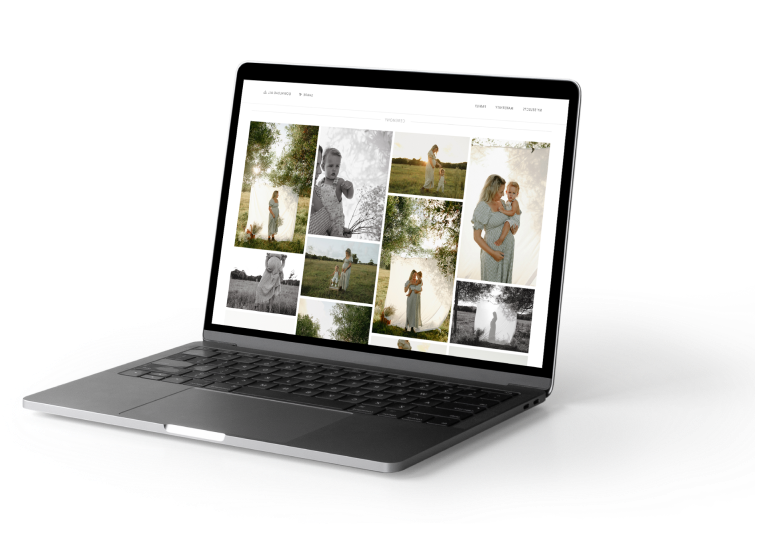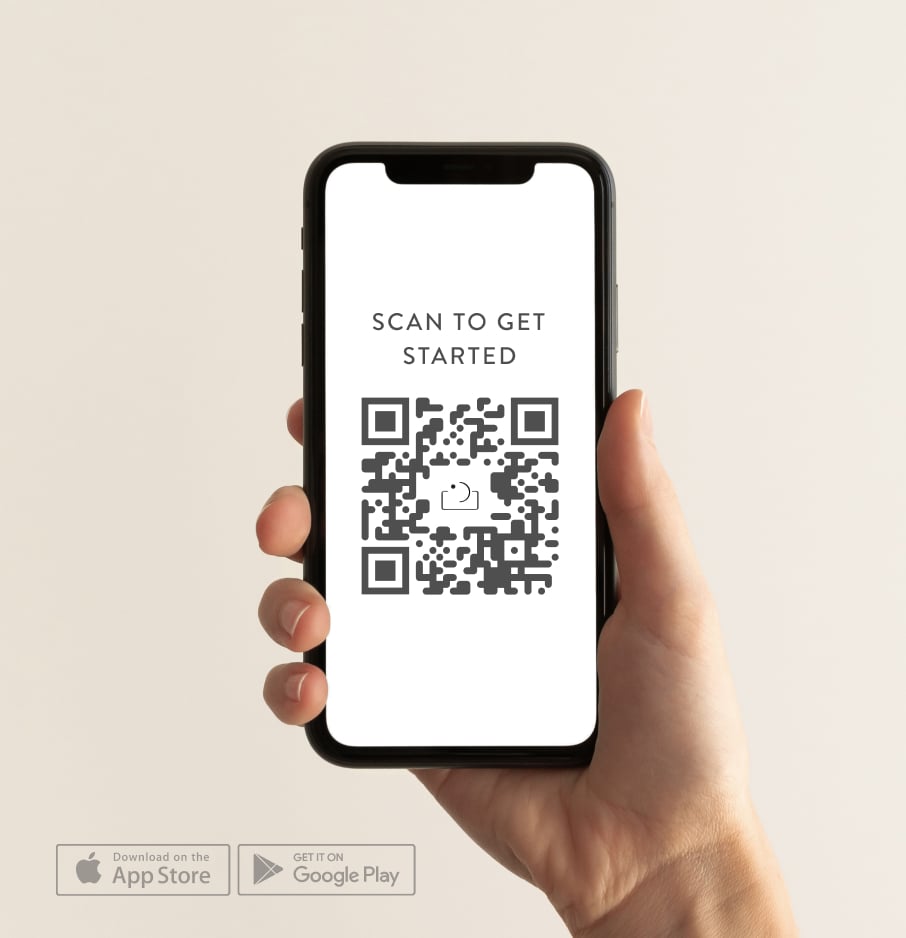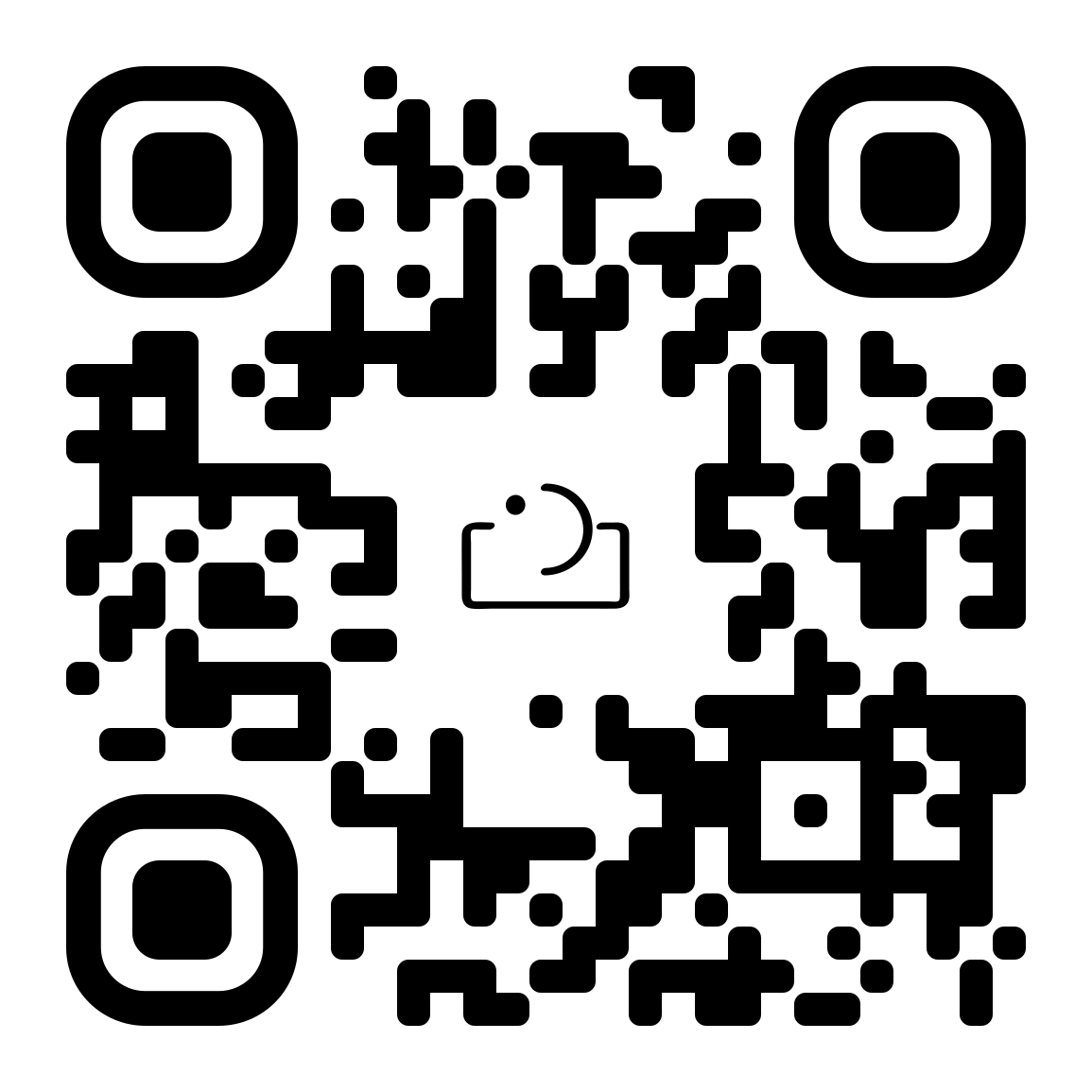Everyone raves about golden hour (and for good reason!) but the magic doesn’t stop when the sun goes down. As soon as the sun sets, stick around for blue hour. Once golden hour fades away, a soft blue light will fill the sky, creating an atmosphere that’s just as gorgeous as its sunnier counterpart.
Read on for everything you need to know about this magical time, including ideal camera settings and how to nail beautiful blue hour shots every time.

When blue hour happens
Just like golden hour, blue hour happens twice a day – in the morning, before sunrise and in the evening, right after sunset.
Similarly to golden hour, time is not exactly on your side – you may have as little as twenty minutes in some locations!
To make the most of this brief window, you have to plan ahead and know your camera settings so you can take full advantage.
Why blue hour is the best
During blue hour, red light passes through space while blue light is scattered in the atmosphere. This result creates a cool, peaceful photography lighting that’s perfect for portraits, landscapes, you name it. And because there’s still just enough light in the sky, you can still capture the details of your subject, and the moody atmosphere makes for some seriously dreamy portraits.
Blue hour is also the only time of the day where you have the necessary lighting to capture the contrast of the sky with warm artificial lights, creating a gorgeous aesthetic that many photographers unfortunately overlook!


How to make the most of blue hour
Despite its name, blue hour lasts for less than an hour, so it’s crucial to be quick with your camera settings.
Setting your f/stop to 2.0 and work your way up towards f/5.6 (if the light allows) for family or group shots. For a crisp focus on your subject, start your minimum shutter around 1/250.
The light during blue hour changes quickly and tends to be the brightest in the first few minutes, so compensate with a wide ISO range of 500-1500. A white balance between 5000-7000 will also help you capture the soft light.
Just like every other photo session, preparing for blue hour also involves having some go-to poses and prompts. The Unscripted App offers over 1,400 free poses and prompts that you can save for your future photo sessions. And bonus: the app is also constantly updated, so you’ll never run out of ideas and inspiration.
Use the unscripted app's sun tracker
Golden and blue hour photo shoots are all about nailing the timing, so you’ve gotta plan ahead and arrive prepared. Download the Unscripted App to take advantage of the Sun Tracker feature! You can find out when sunrise, sunset and golden hour will be at any location, so you know when to expect your perfect light. With Unscripted’s Sun Tracker’s fail-proof timeline, you’re freed up to focus on capturing the best photos possible.

lead your photography
sessions with confidence.


FAQs
Does blue hour actually last an hour?
What is the difference between blue hour and golden hour?
What is the color temperature of blue hour?
Do you need flash during blue hour?
What are the ideal camera settings for blue hour?


